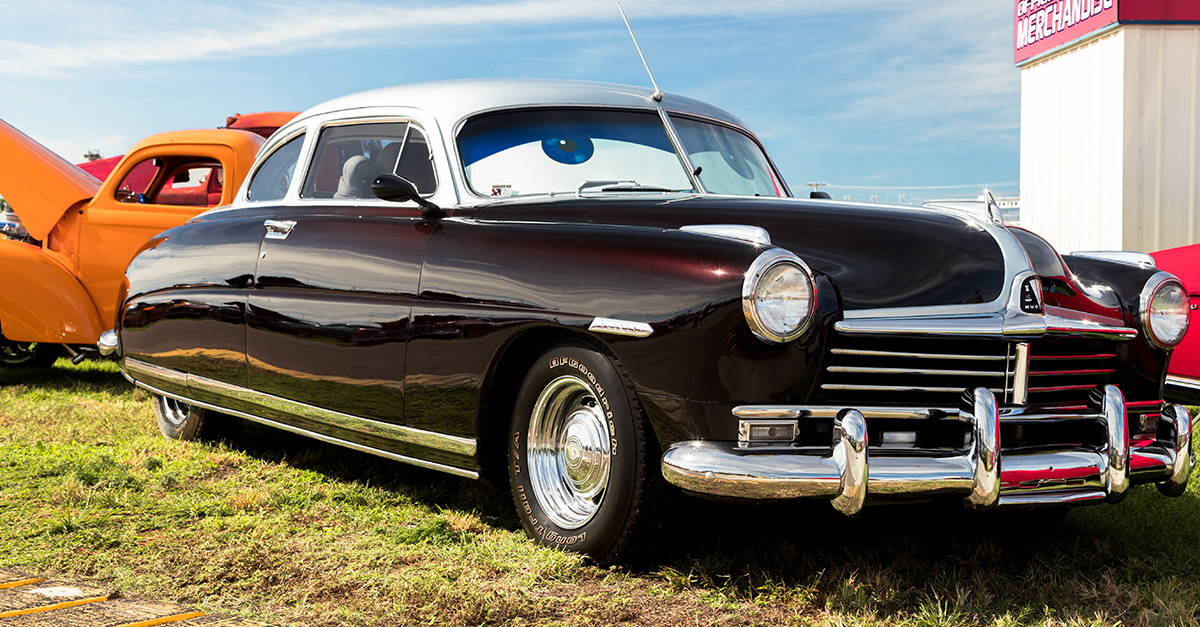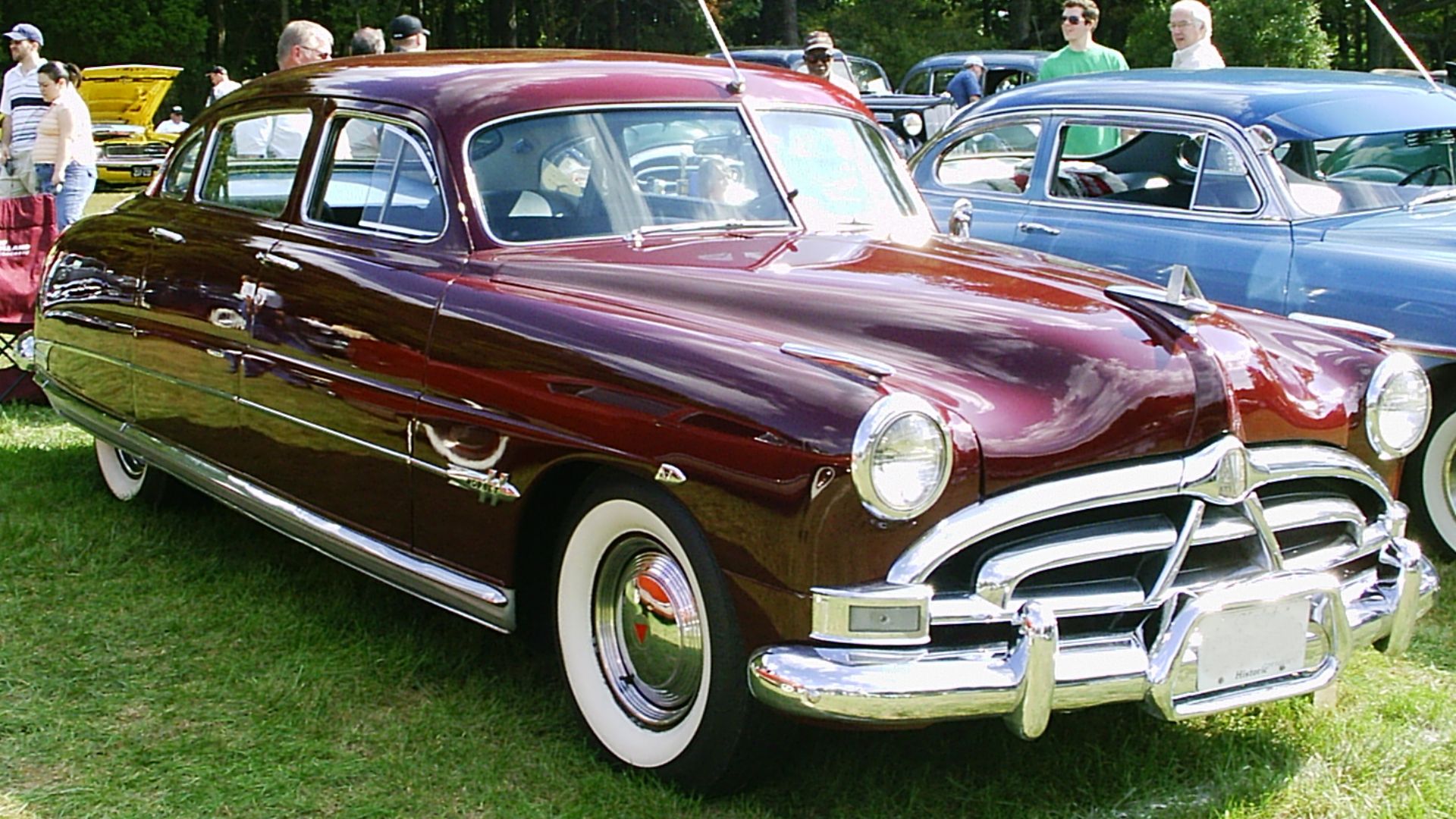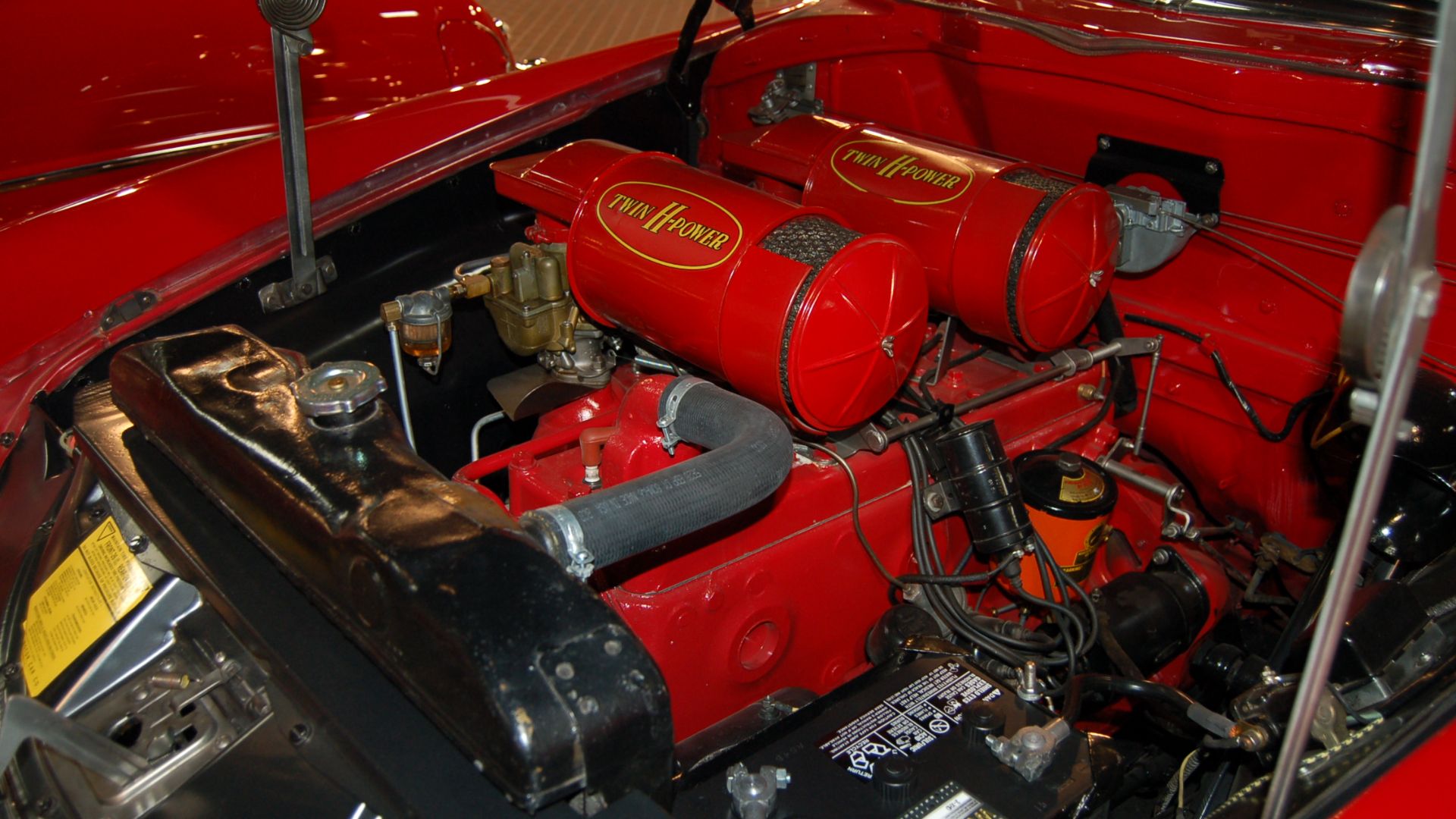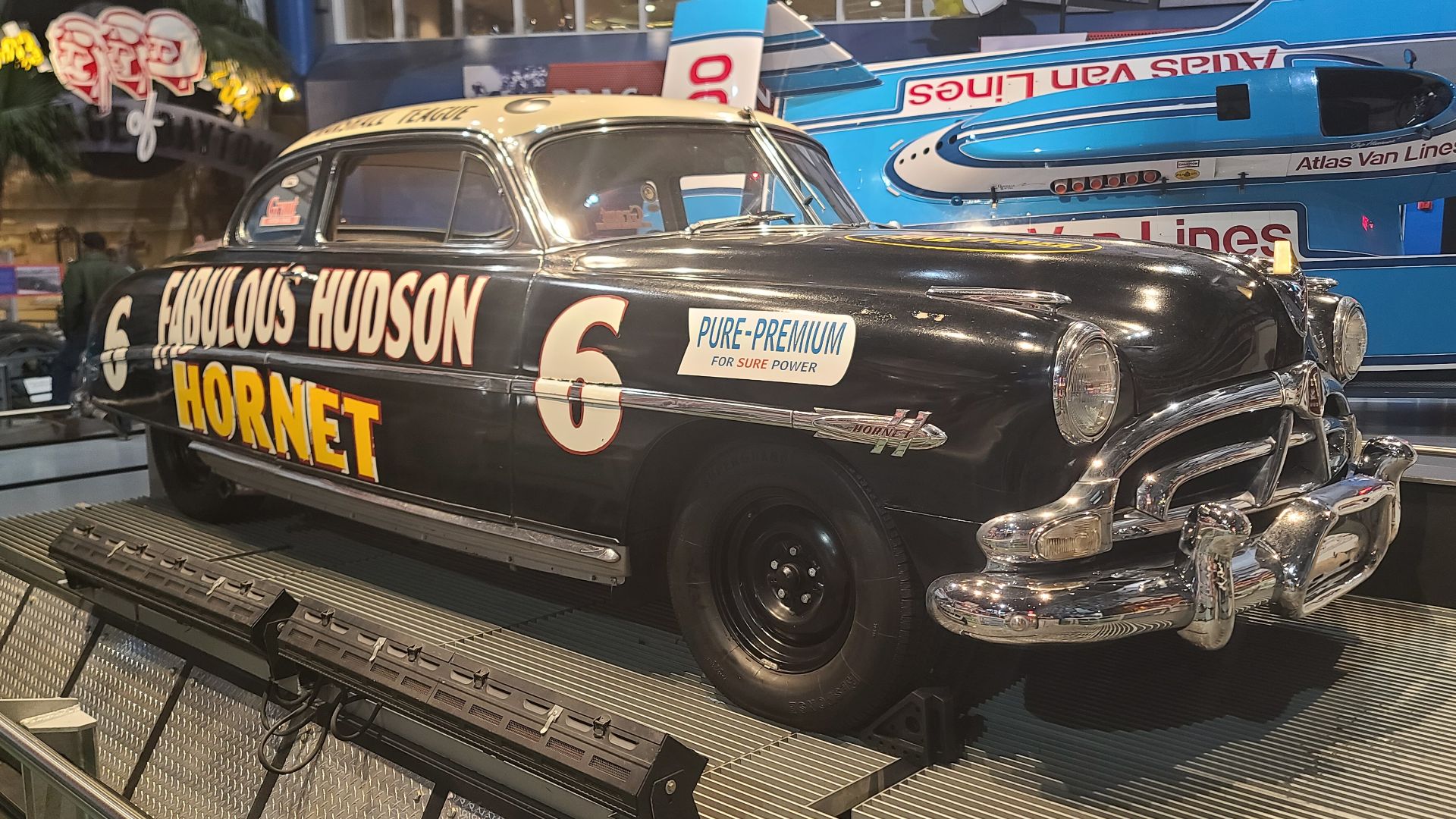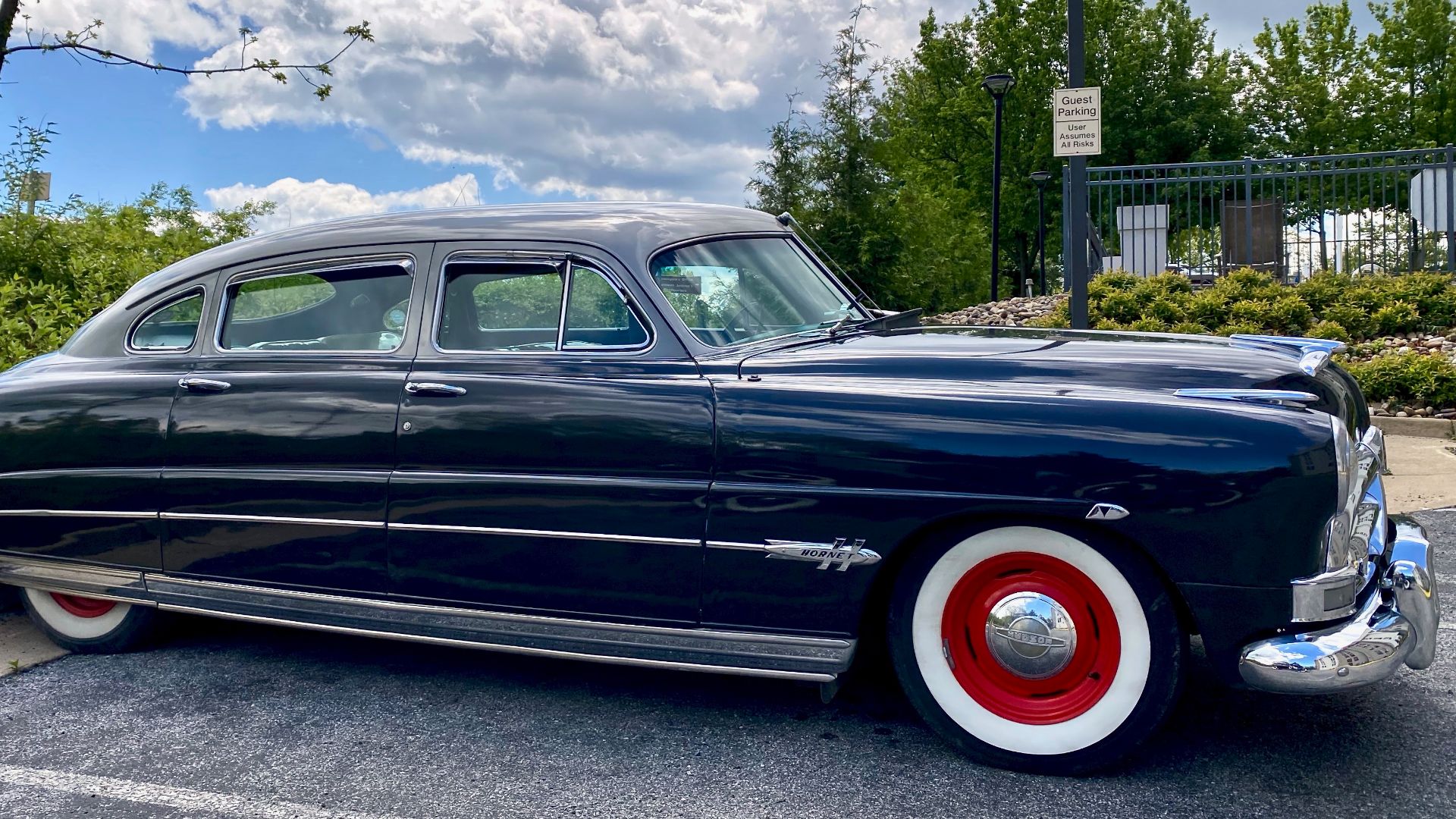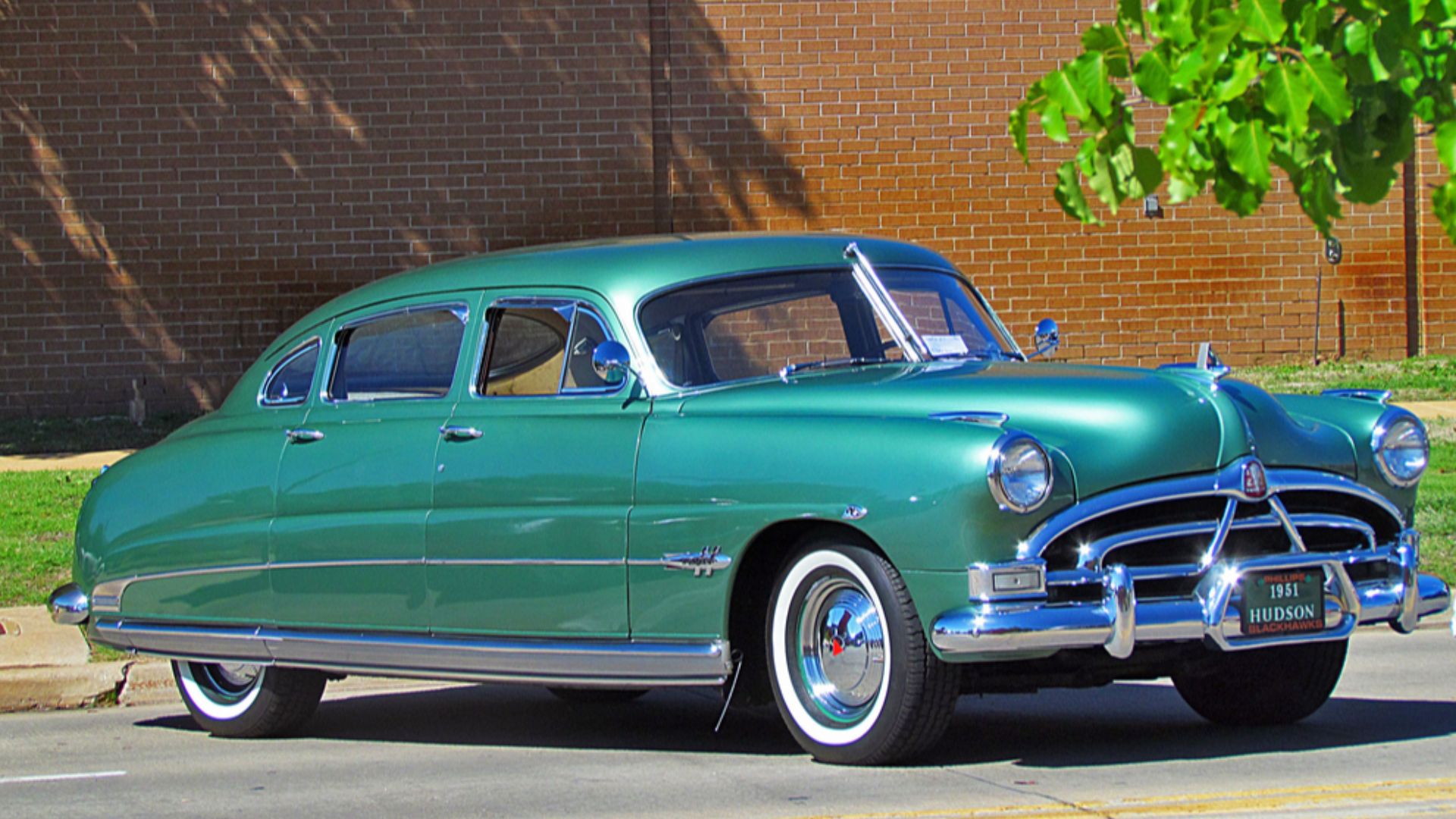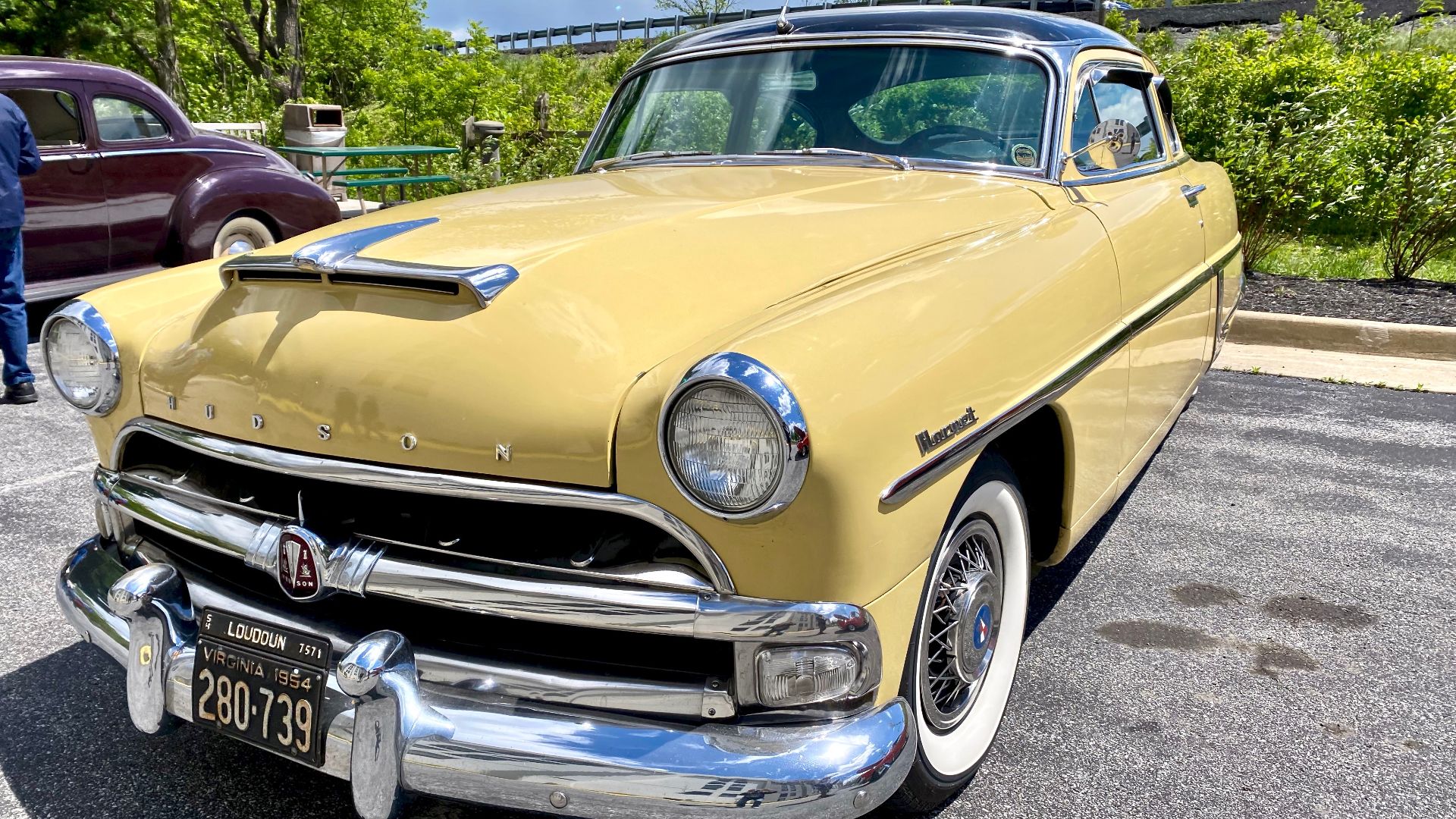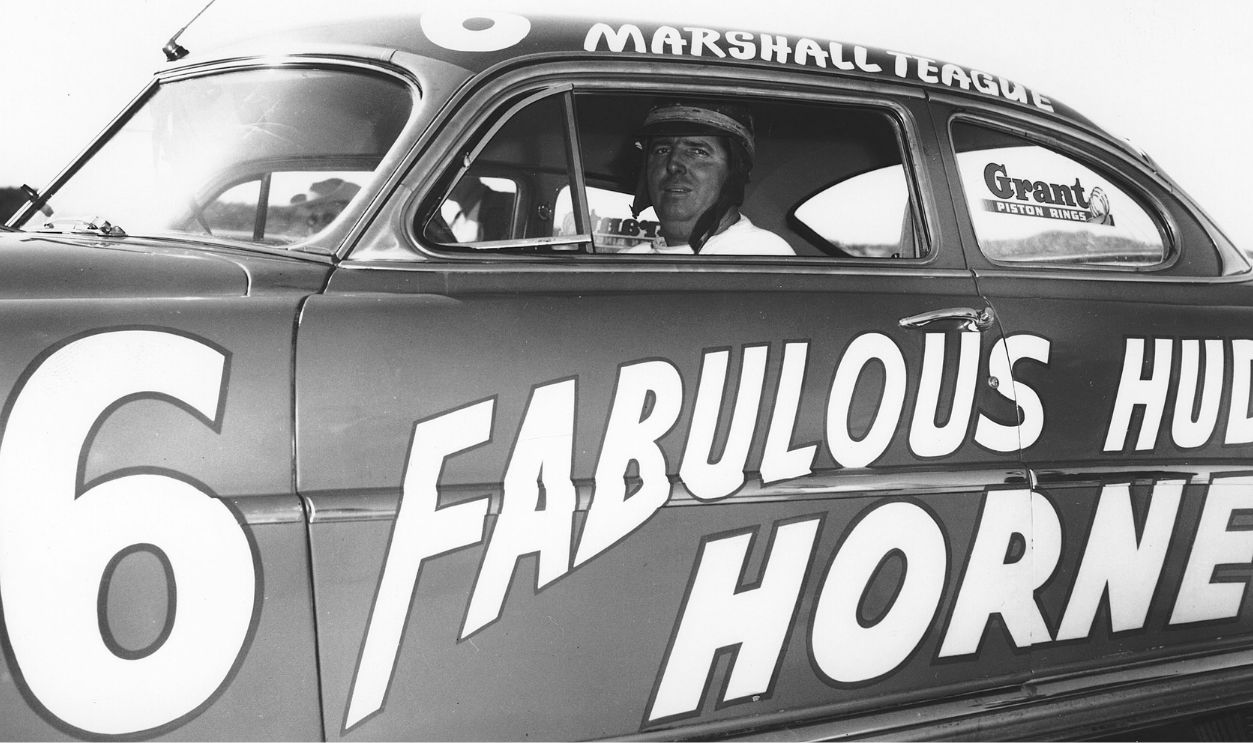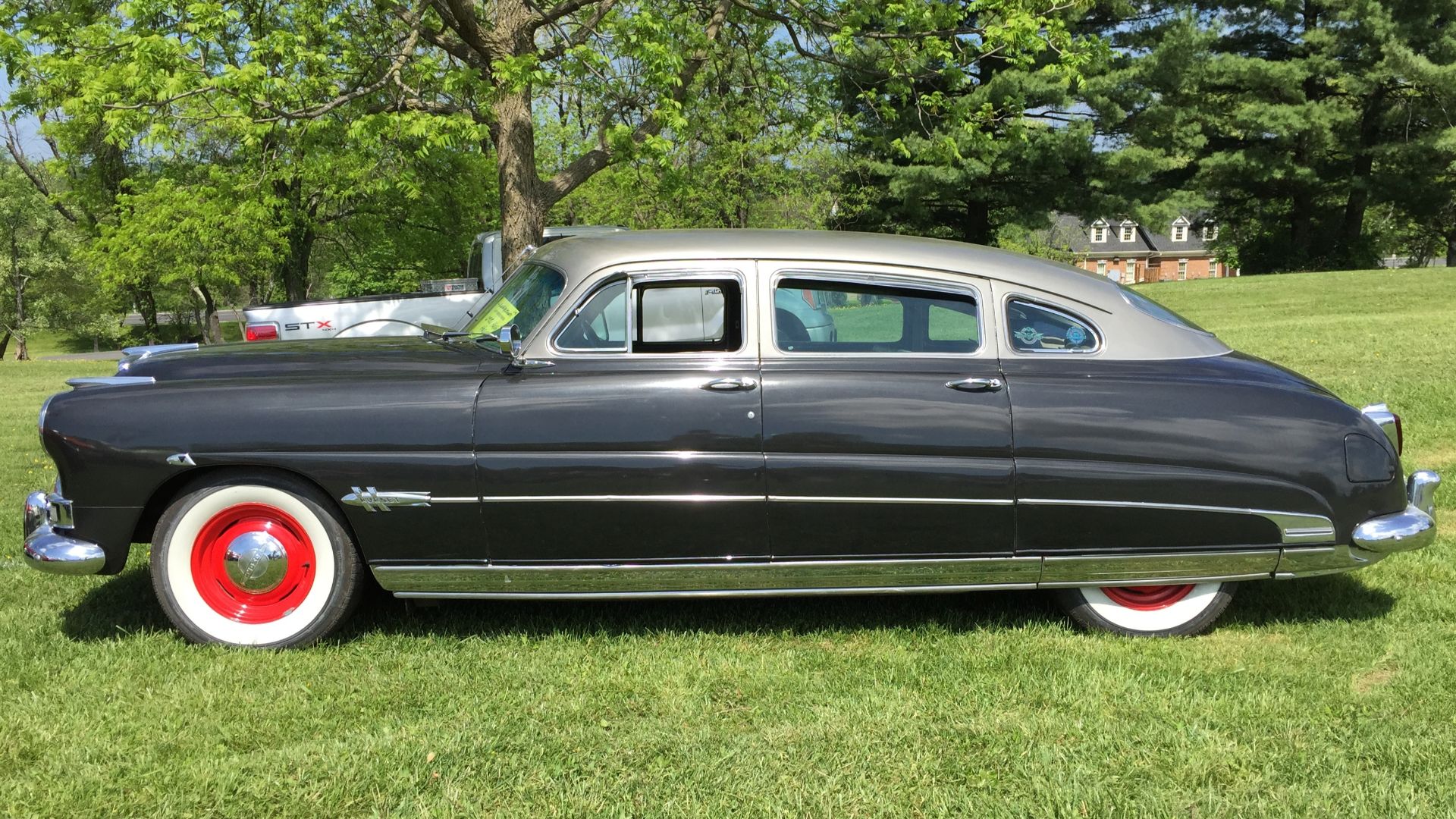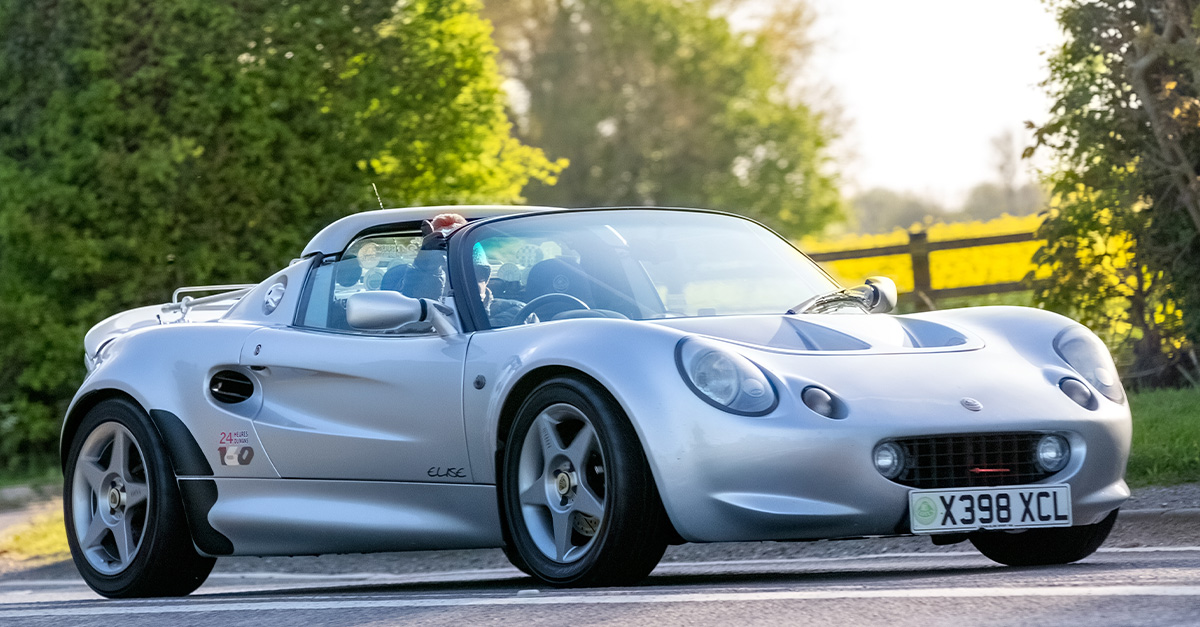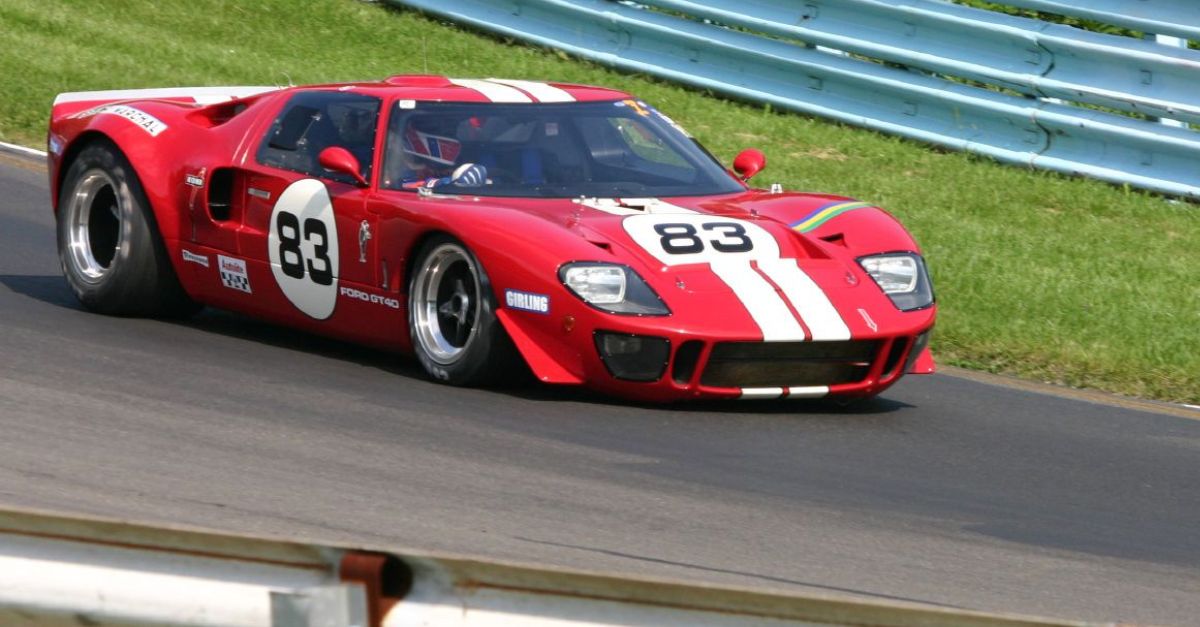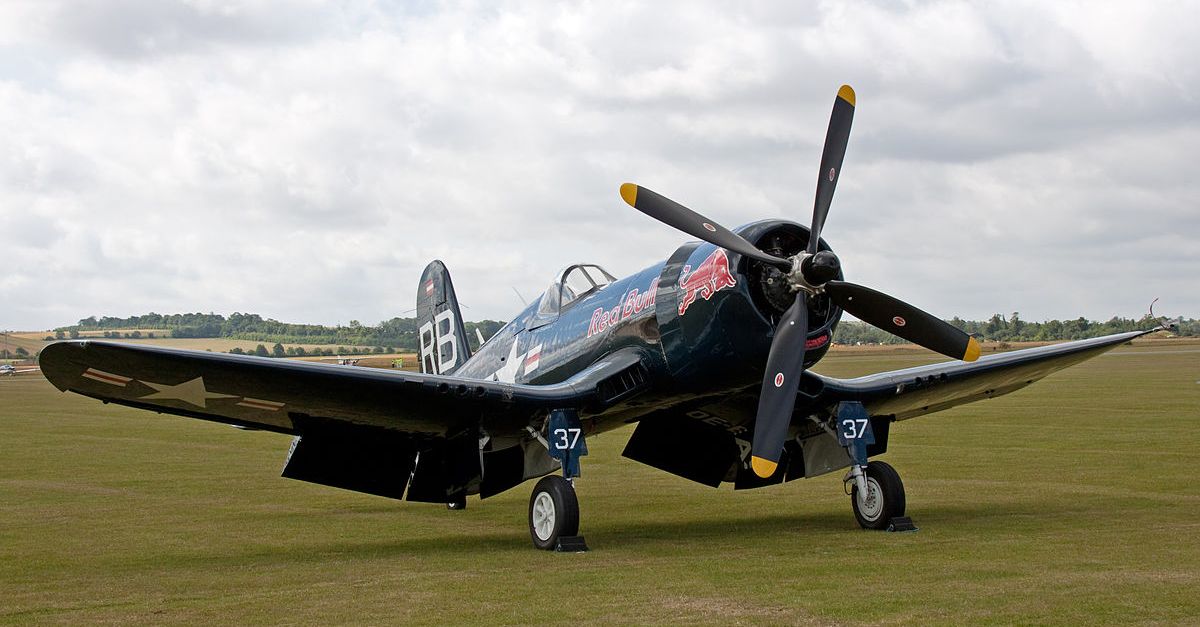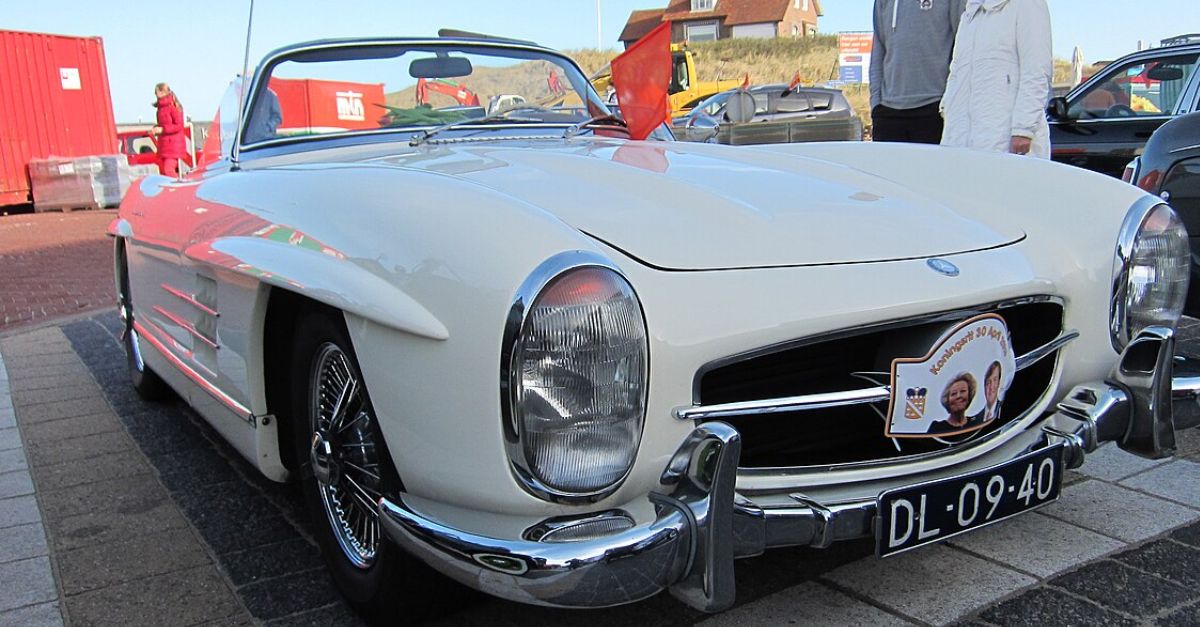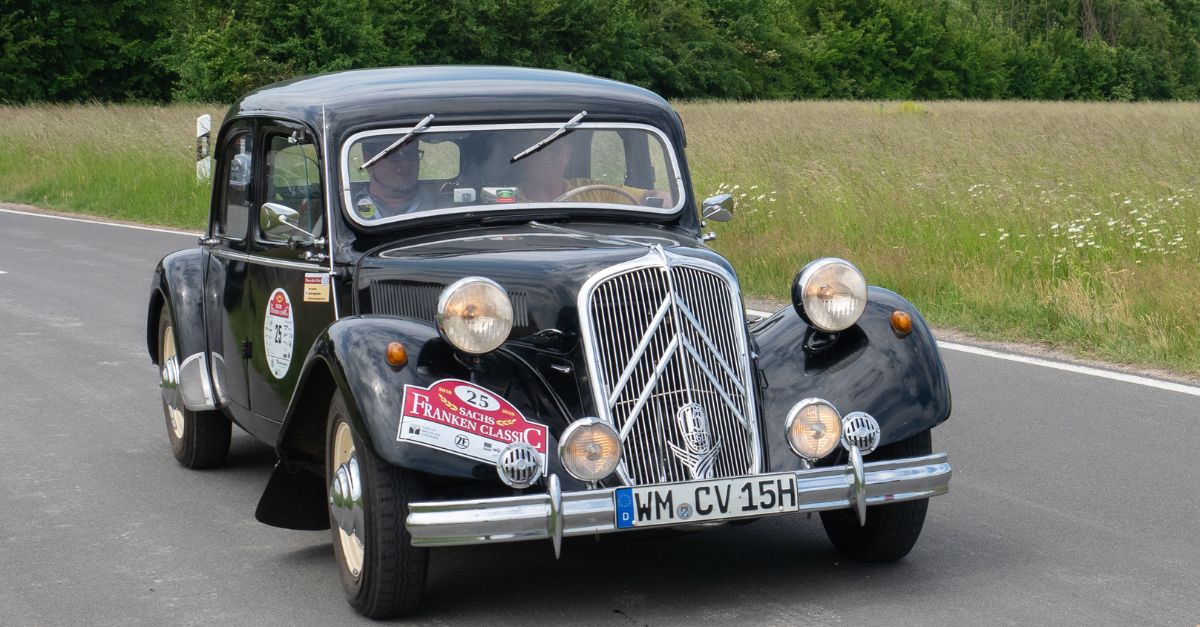A Legend Born In Detroit
The Hudson Hornet didn’t just roll off an assembly line—it blasted into American motorsport culture with a roar that echoed through NASCAR history. Introduced in 1951 by the Hudson Motor Car Company, the Hornet looked like a sleek family cruiser on the outside. But underneath that polished sheet metal lived a race-winning monster that nobody saw coming.
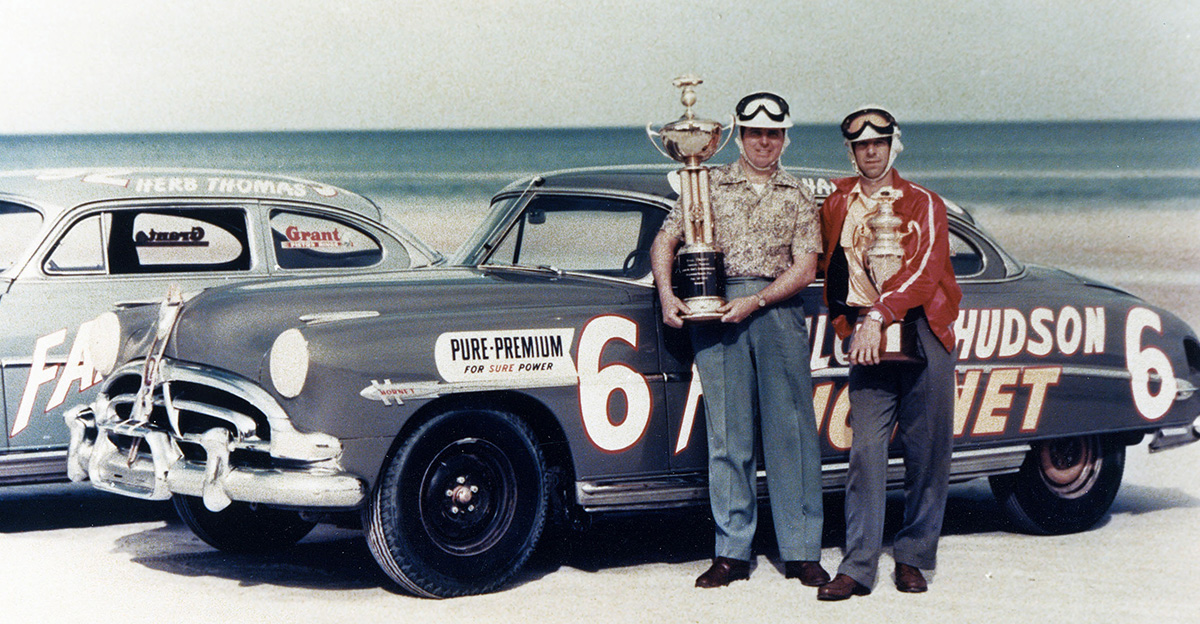
The Secret Weapon: Step-Down Design
Hudson engineered the Hornet with a revolutionary “step-down” chassis, dropping the car’s floorpan below the frame rails. This gave it a low center of gravity, razor-sharp handling, and unmatched stability in the turns. In an era when most cars wobbled through corners like drunken cattle, the Hornet carved through them like a scalpel.
A Stock Car Built For Battle
The Hornet arrived in factories with heavy-duty brakes, strong suspension, and a wide stance that begged for the racetrack. Even before racers bolted roll cages inside, the car already handled like a dream. NASCAR drivers quickly recognized they had something special—an honest-to-goodness stock car that didn’t need to be re-engineered to dominate.
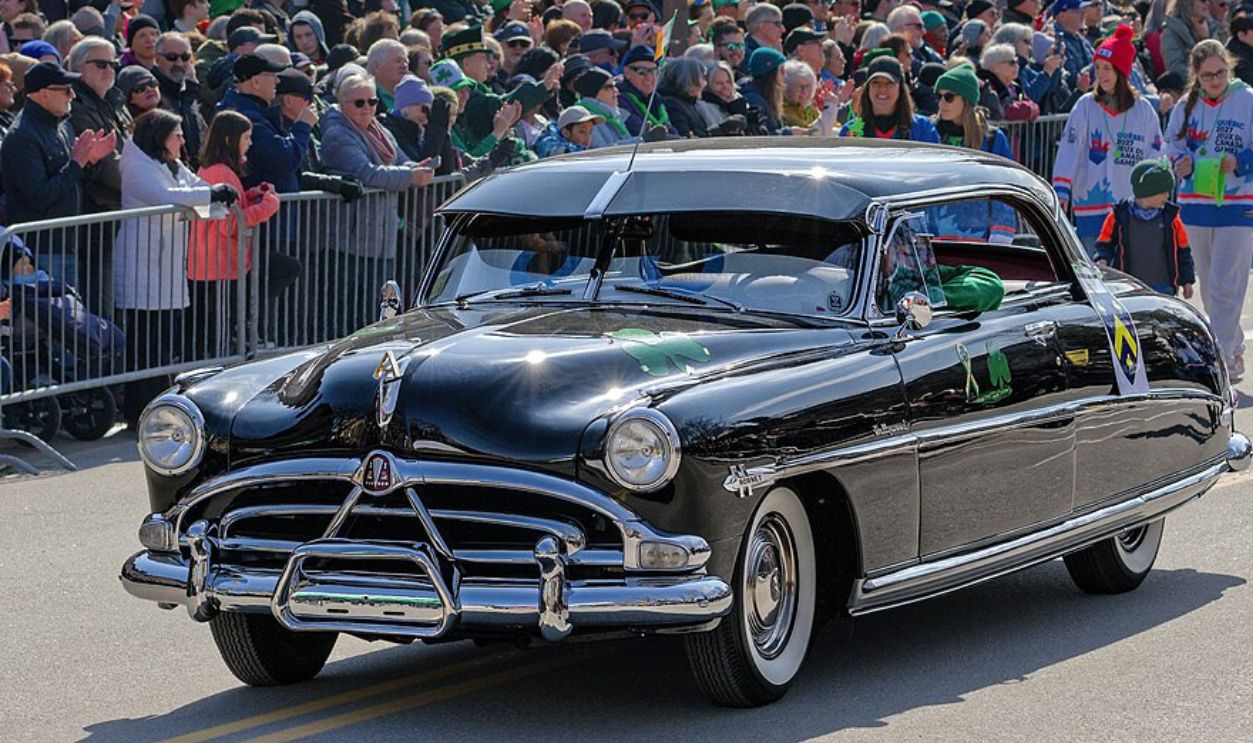 Wilfredor, CC0, Wikimedia Commons
Wilfredor, CC0, Wikimedia Commons
The Mighty 308: A Flathead Inline-Six With Bite
At the heart of the Hudson Hornet was its famous 308-cubic-inch inline-six. Flathead engines weren’t expected to outrun overhead-valve V8s, but the Hornet changed all that. With Hudson’s “Twin H-Power” dual-carb setup, the engine delivered a thunderous punch, turning the Hornet into a torque-heavy rocket in the low and mid ranges—a perfect recipe for oval-track domination.
The Twin H-Power Revolution
Twin H-Power wasn’t just a catchy name. It was a dramatic boost that pushed the Hornet far beyond anything else on the grid. Two carburetors fed the big straight-six, breathing life into the engine like never before. When racers hit the throttle, the Hornet didn’t accelerate—it lunged.
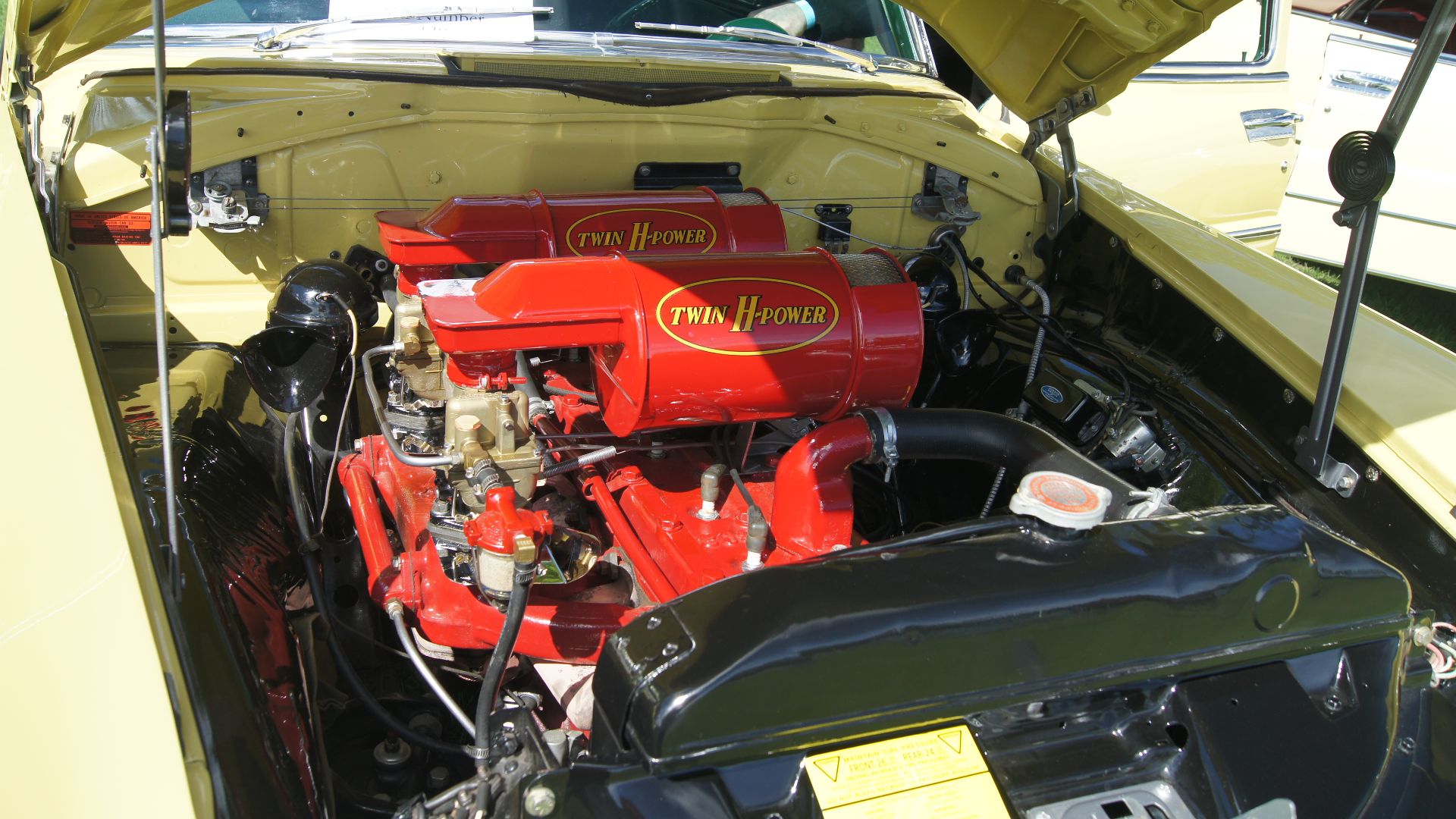 Greg Gjerdingen from Willmar, USA, Wikimedia Commons
Greg Gjerdingen from Willmar, USA, Wikimedia Commons
Marshall Teague: The Driver Who Lifted The Legend
Enter “King” Marshall Teague, a driver who adopted the Hudson Hornet like it was his birthright. Teague worked directly with Hudson engineers to fine-tune the car for competition, pushing it to limits even the designers hadn’t imagined. His partnership with Hudson was a match made in NASCAR heaven.
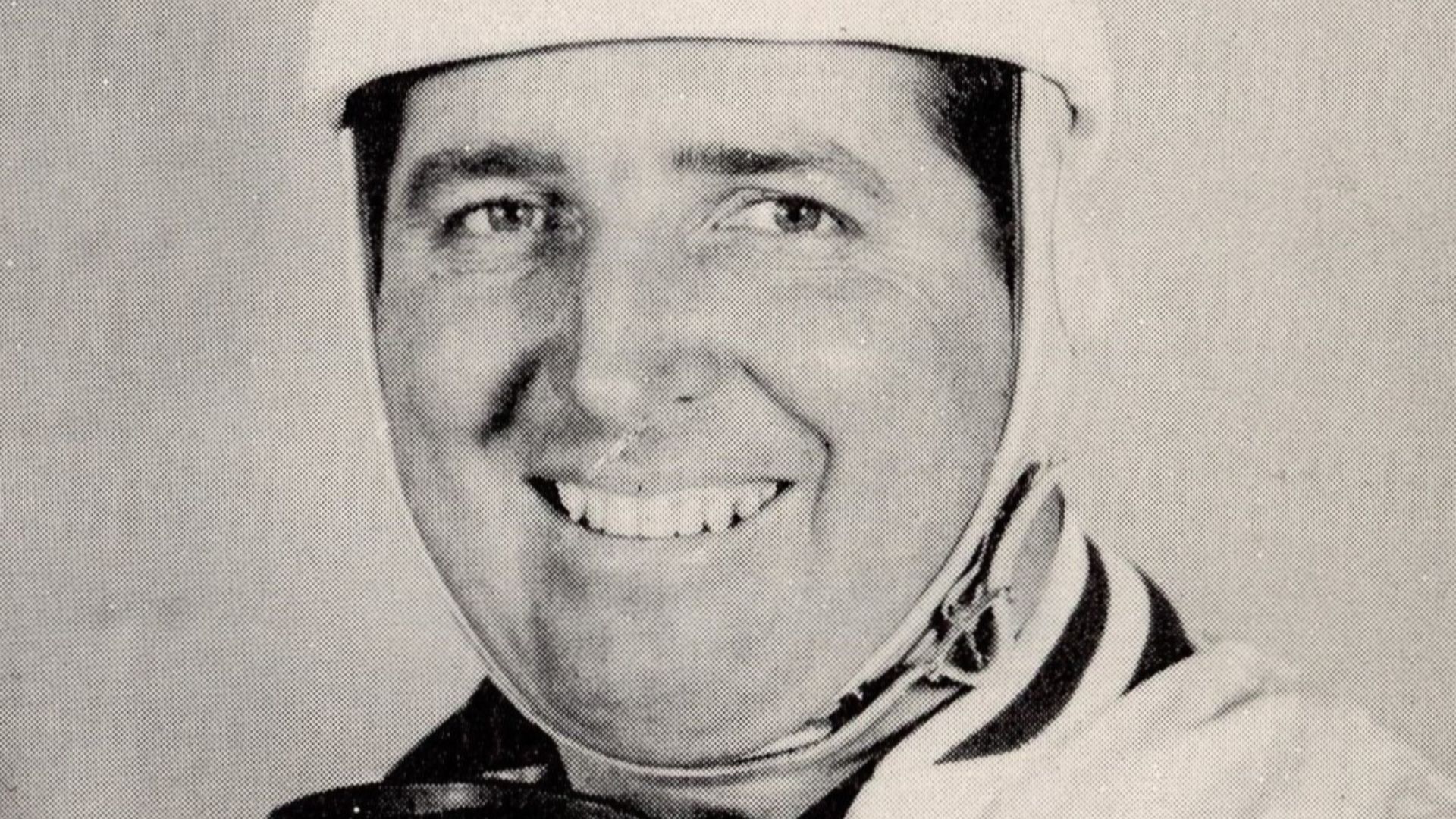 Trenton International Speedway, Wikimedia Commons
Trenton International Speedway, Wikimedia Commons
The Fabulous Hudson Hornet Is Born
Teague’s mastery behind the wheel, combined with Hudson’s engineering prowess, birthed the iconic name: “The Fabulous Hudson Hornet.” It wasn’t just a nickname—it was an identity. Fans didn’t just cheer for Teague; they cheered for the Hornet itself.
1951: A Debut Season With A Bite
The Hornet made its NASCAR Grand National debut in 1951, immediately proving the hype wasn’t hype at all. Drivers piloting Hornets took 13 victories that year, shaking the sport to its core. Competitors realized they weren’t just up against fast drivers—they were up against superior machinery.
Handling That Left Rivals Helpless
What truly set the Hornet apart was how gracefully it swooped around corners. While other cars lost traction and fishtailed through turns, the Hornet hugged the inside line with unwavering poise. Drivers could carry absurd speed through the curves, leaving rivals shouting into the wind as the Hornet slingshotted away.
 Greg Gjerdingen from Willmar, USA, Wikimedia Commons
Greg Gjerdingen from Willmar, USA, Wikimedia Commons
1952: Hudson Claims NASCAR Supremacy
In 1952, the Hornet put the pedal straight through NASCAR’s competitive landscape. Hudson cars won 27 of 34 Grand National races—a staggering statistic that made the Hudson Hornet the unquestioned king of stock car racing. It was a season of total domination.
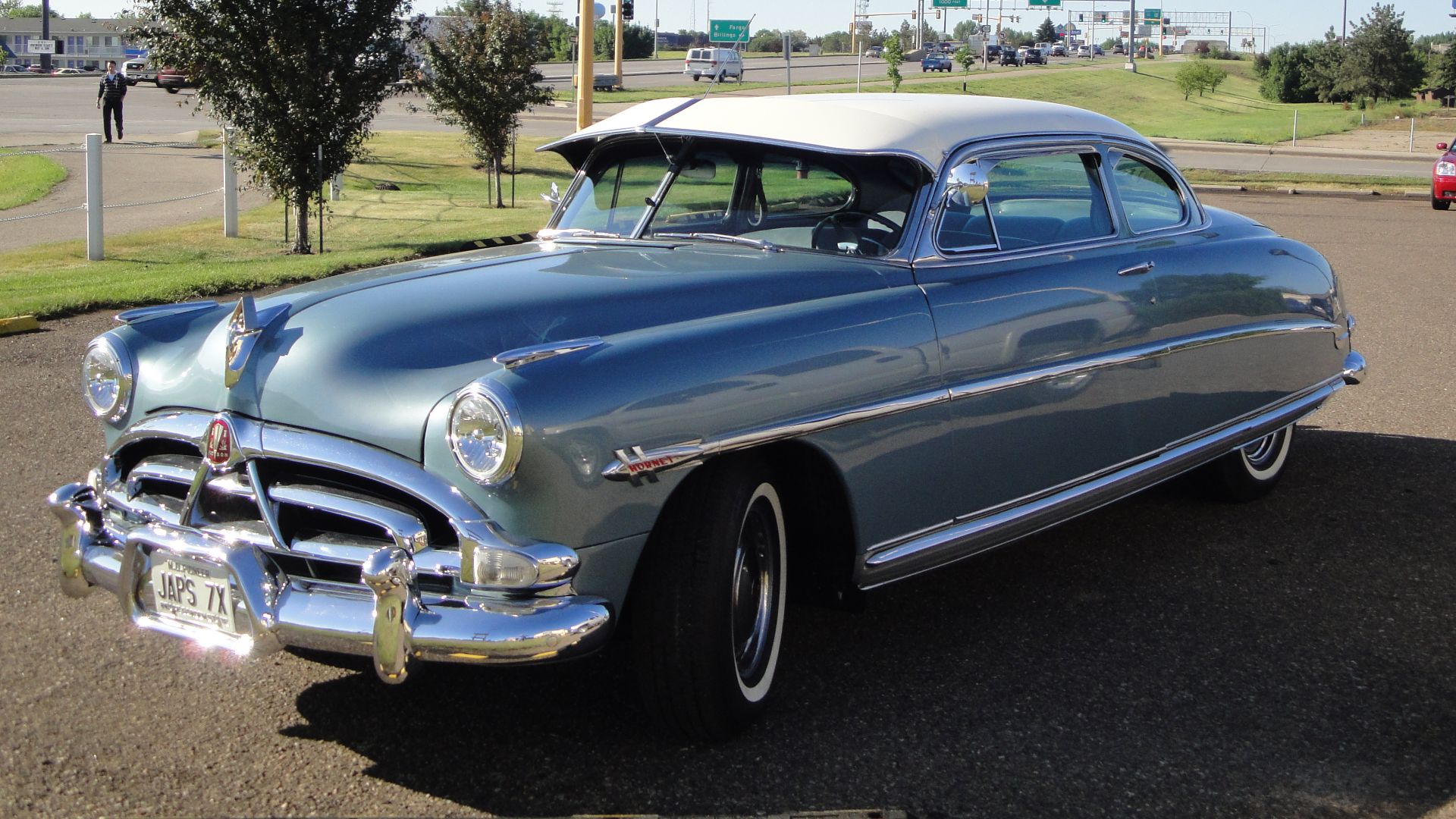 Greg Gjerdingen from Willmar, USA, Wikimedia Commons
Greg Gjerdingen from Willmar, USA, Wikimedia Commons
Herb Thomas Rides The Hornet To Glory
Herb Thomas became the face of Hudson dominance. Known for his smooth driving style and remarkable track awareness, Thomas captured the 1951 and 1953 championships in a Hornet. He was the first two-time NASCAR champion—and he did it behind the wheel of the Fabulous Hudson Hornet.
A Car That Elevated Its Drivers
The Hudson Hornet turned talented drivers into icons. Along with Teague and Thomas, racers like Dick Rathmann and Tim Flock found their greatest successes behind the Hornet’s wheel. It was a car that rewarded skill—and multiplied it.
Engineering Far Ahead Of Its Time
While competitors tinkered with makeshift solutions to handle high-speed racing, Hudson had already baked innovation into the car’s bones. The step-down design wasn’t a gimmick—it was performance engineering born decades before the rest of the industry caught up.
Fans Fall In Love With The Hornet
The Hornet didn’t just win races—it won hearts. Crowds packed the stands to watch the “Fabulous” machine fly around dirt and paved ovals alike. Posters, trading cards, and magazine spreads immortalized the car that conquered the early 1950s.
The Hornet's Final Season Of Dominance
By 1954, rival manufacturers began catching up. Hudson also merged with Nash-Kelvinator to form American Motors Corporation, shifting focus away from high-performance engineering. But even as competition tightened, the Hornet still fought fiercely on the track.
A Legacy Passed On
Though the Hornet’s factory-backed racing era ended by the mid-1950s, the legacy lived on. The impact it made on NASCAR was immense: it proved that engineering could outmatch brute horsepower. It showed that a straight-six could humble V8s. And it established that smart design wins championships.
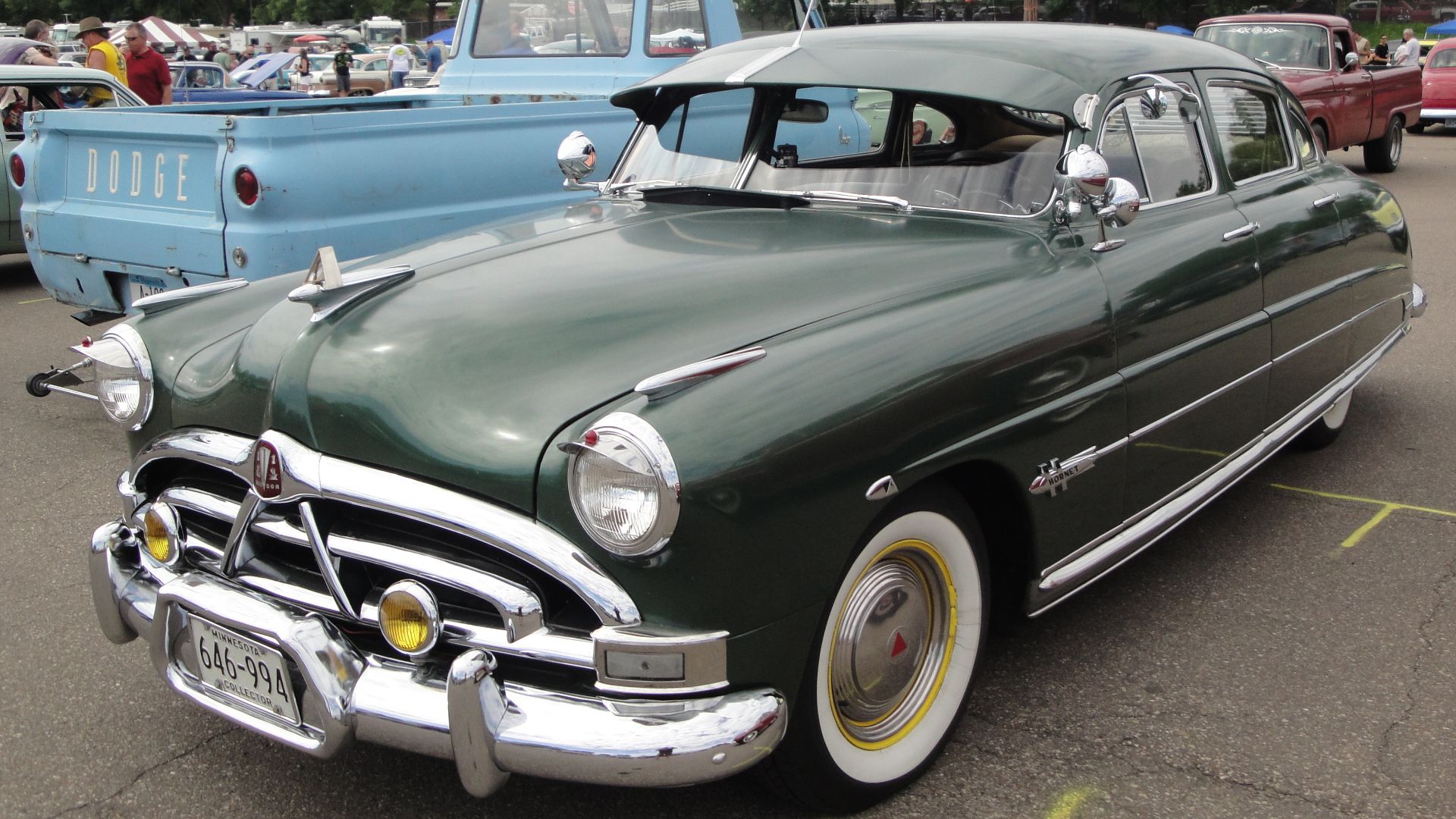 Greg Gjerdingen from Willmar, USA, Wikimedia Commons
Greg Gjerdingen from Willmar, USA, Wikimedia Commons
A Car Immortalized By Story And Screen
Decades later, the Hudson Hornet soared back into pop culture thanks to Cars, where the character “Doc Hudson” introduced the Fabulous Hudson Hornet to a new generation. Suddenly, kids across the world wanted to know more about this real-life racing icon.
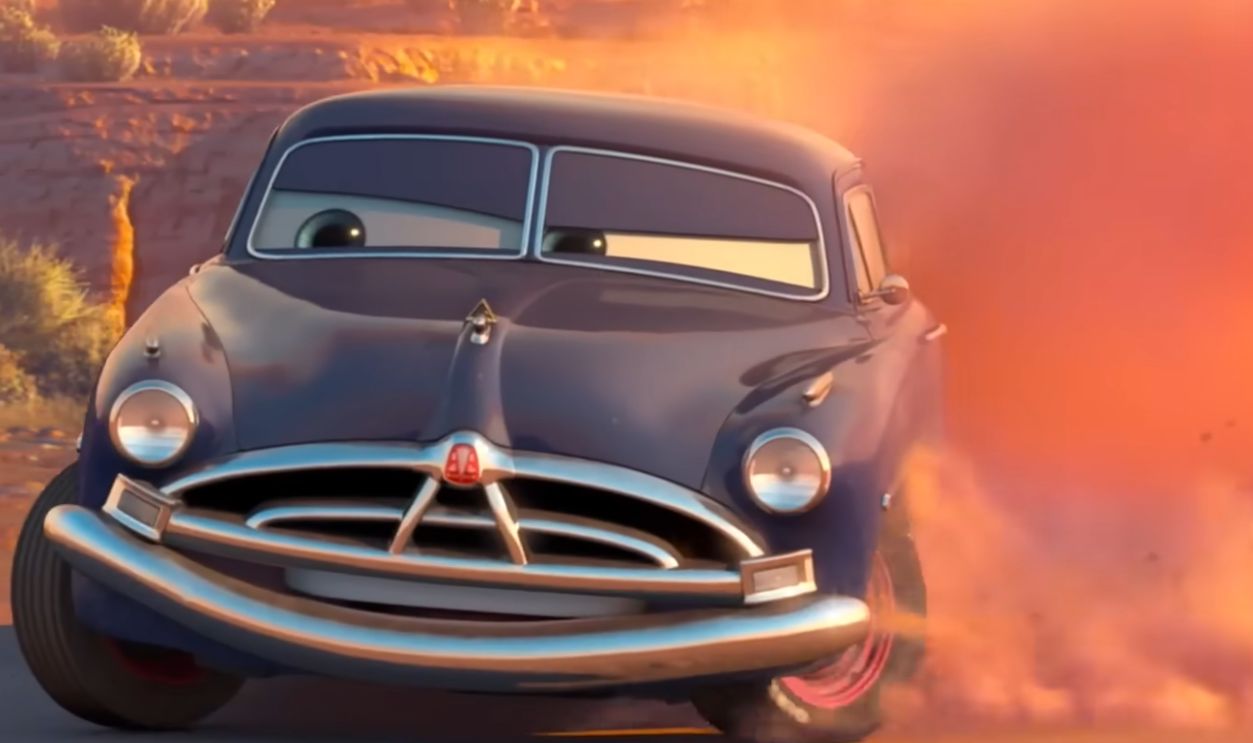 Screenshot from Cars, Walt Disney Pictures
Screenshot from Cars, Walt Disney Pictures
Why The Hornet Still Dominates NASCAR Lore
Ask any NASCAR history buff which car stands above the rest, and the Hudson Hornet is always in the conversation. Its reign might have been brief, but its impact was seismic. Few cars before or since have rewritten the rulebook so completely.
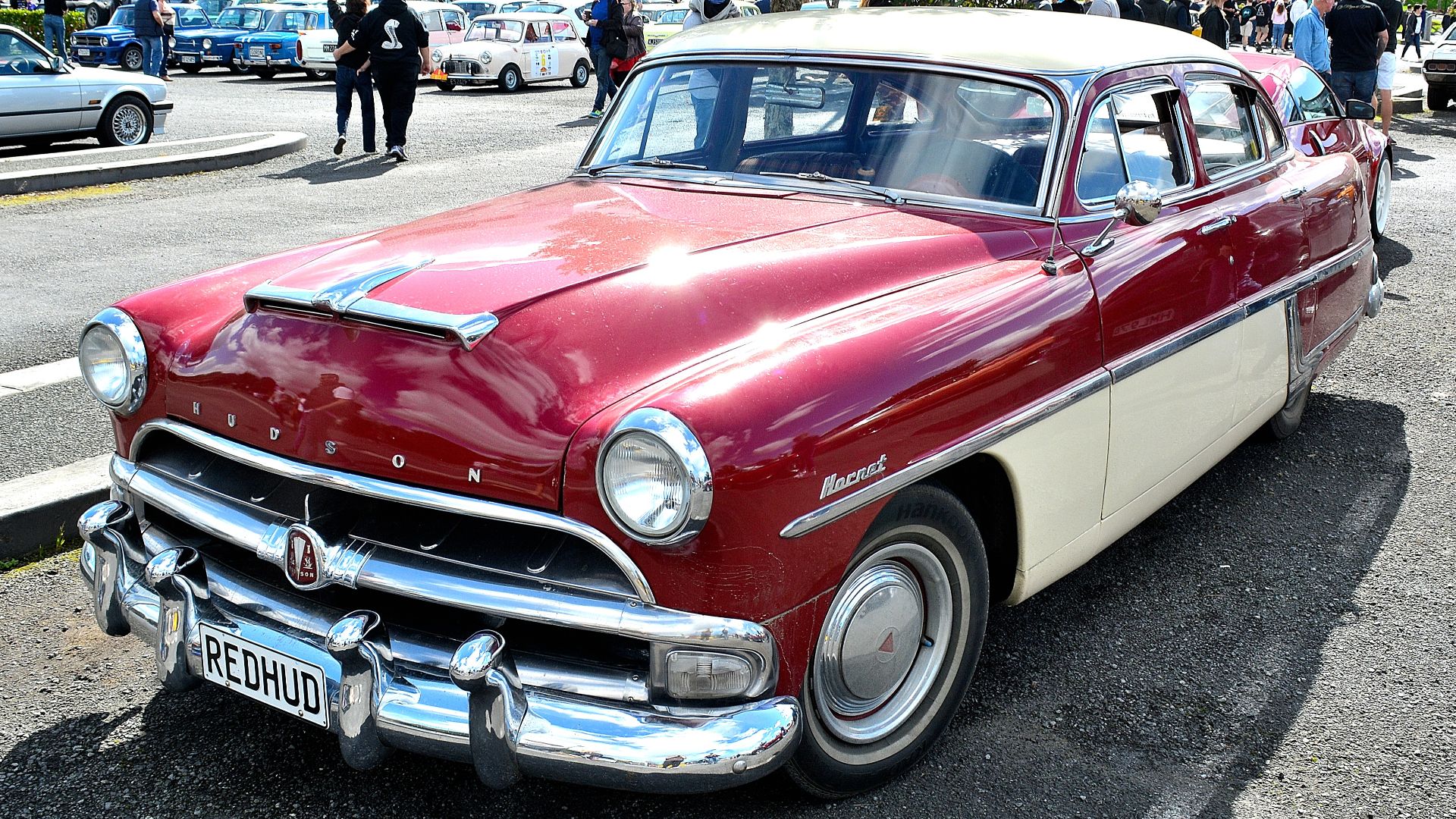 GPS 56 from New Zealand, Wikimedia Commons
GPS 56 from New Zealand, Wikimedia Commons
The Underdog That Became A Champion
Part of the Hornet’s charm is its underdog status. Hudson was a smaller automaker competing against giants like Ford and GM. Yet it was the little independent company that built the best stock car of its era. The Hornet wasn’t supposed to dominate—but it did.
 granada_turnier, Wikimedia Commons
granada_turnier, Wikimedia Commons
A Design Philosophy That Aged Like Fine Wine
Modern performance engineering echoes much of what made the Hornet great: low center of gravity, balanced handling, and structural rigidity. Hudson was doing all of this in 1951, proving that the Hornet was decades ahead of its time.
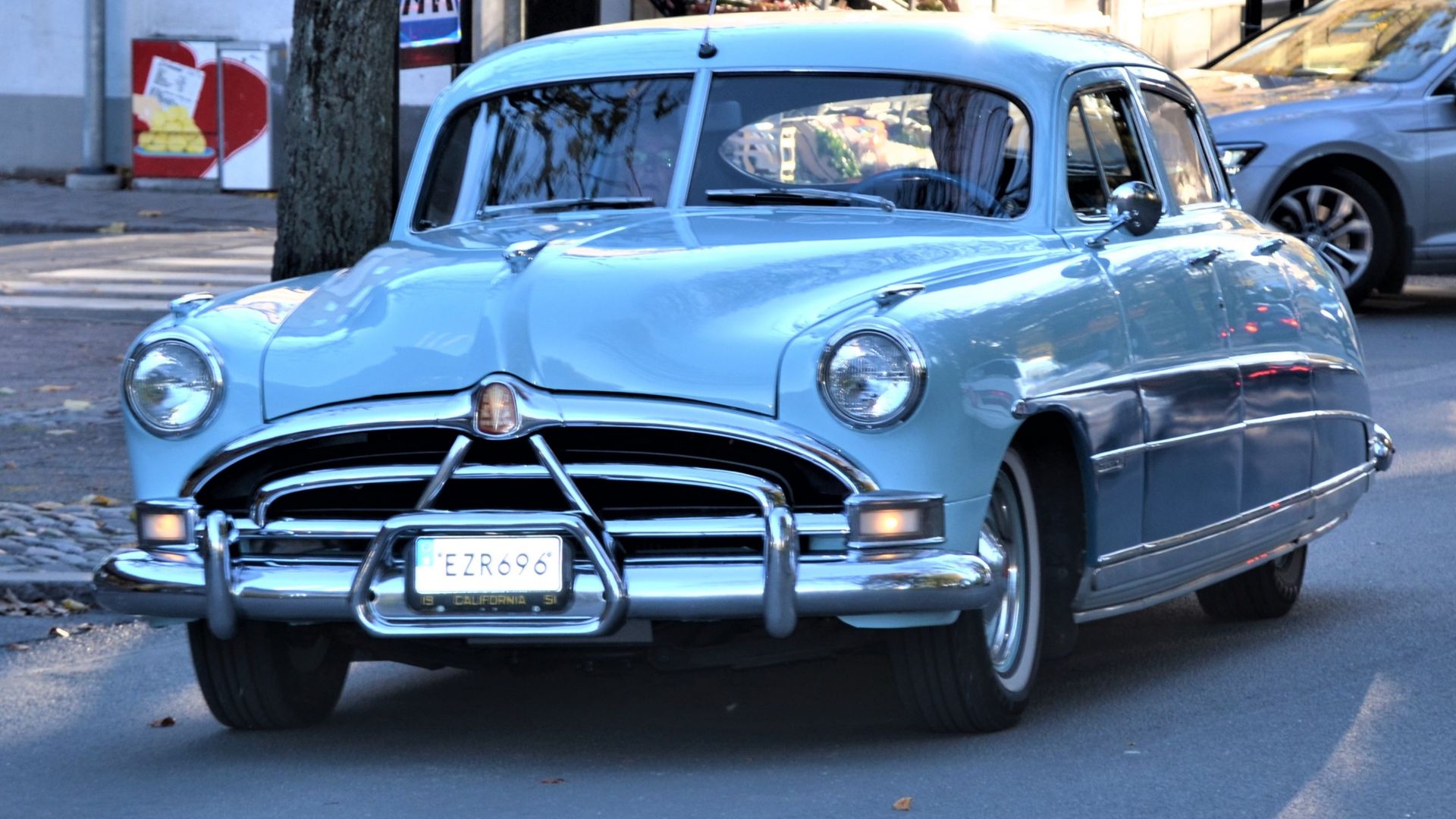 Bengt Oberger, Wikimedia Commons
Bengt Oberger, Wikimedia Commons
A Racing Partner Like No Other
Drivers loved the Hornet because it didn’t fight them—it worked with them. The car’s smooth handling allowed them to push harder, brake later, and accelerate sooner. It made good drivers great and great drivers legendary.
The Fans Who Keep The Hornet Alive
Today, collectors, historians, and NASCAR fans keep the memory of the Fabulous Hudson Hornet burning bright. Restored race cars still appear at events, driven by enthusiasts who honor the machine that defined stock car excellence.
Why The Hornet Earns The Title Of “Greatest”
What makes the Hudson Hornet NASCAR’s greatest car isn’t just the trophies—though it earned plenty. It’s the combination of innovation, personality, underdog spirit, and pure racing brilliance. The Hornet didn’t just participate in NASCAR. It shaped it.
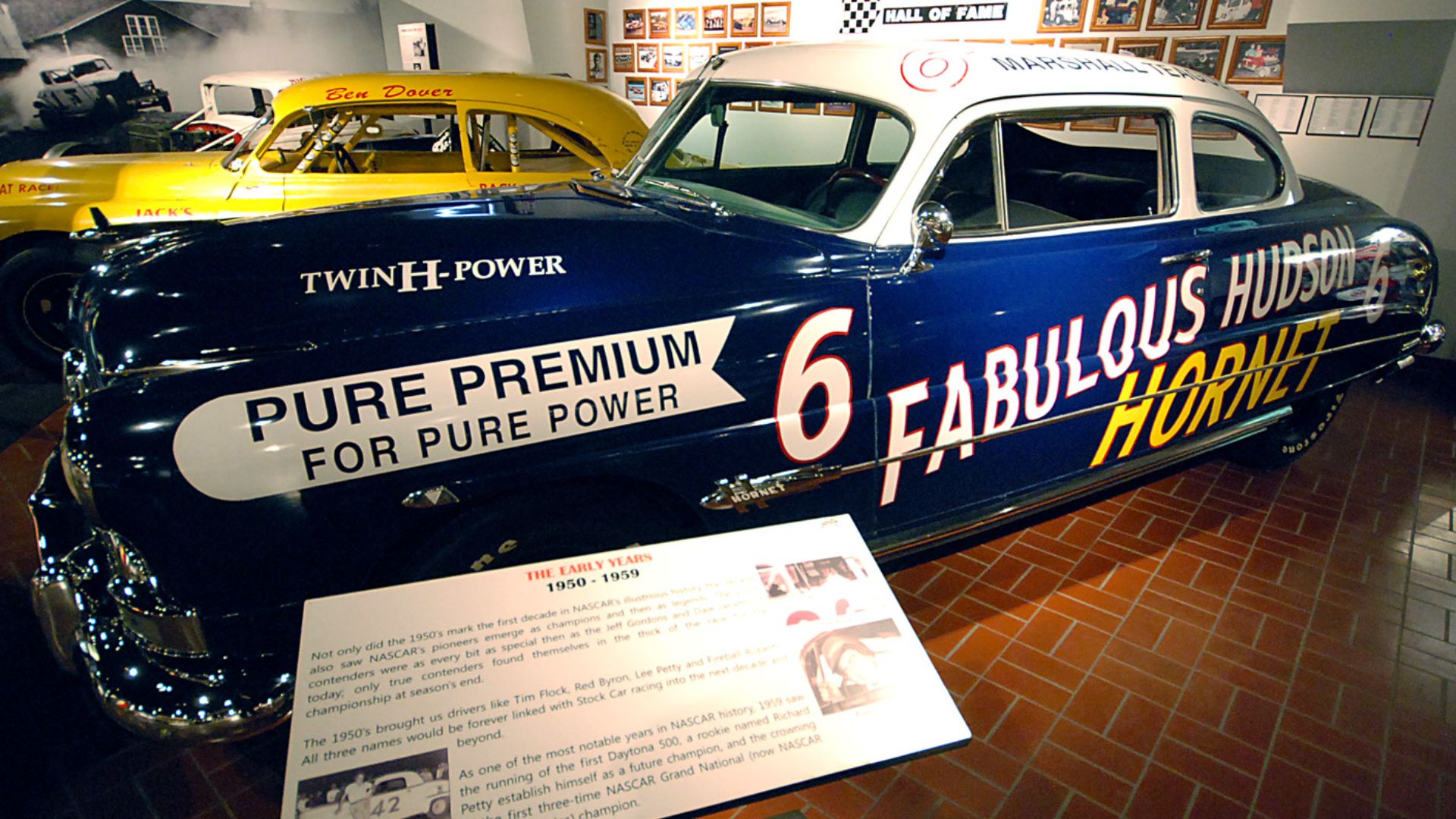 Joanna Poe from Munith, MI, USA, Wikimedia Commons
Joanna Poe from Munith, MI, USA, Wikimedia Commons
A Legend Cast In Steel And Speed
To this day, the Hornet is celebrated as the car that changed the sport forever. Its innovations influenced future generations of stock cars, and its success set a benchmark that few machines have ever matched.
The Fabulous Legacy Lives On
Collectors, racers, filmmakers, and fans continue to shine a spotlight on the Hudson Hornet. More than a racing car, it’s a piece of American folklore—a symbol of ingenuity and grit, forged in the dirt ovals of NASCAR’s golden age.
The Hornet's Timeless Reign
The Hudson Hornet wasn’t just a race car—it was a revolution. With its cutting-edge engineering, fearless drivers, and unmatched performance, it etched its name permanently into NASCAR history. The story of the Fabulous Hudson Hornet is one of bold innovation, fiery competition, and enduring legacy. And even decades later, one truth remains: no car has ever flown around the track quite like the Hudson Hornet.
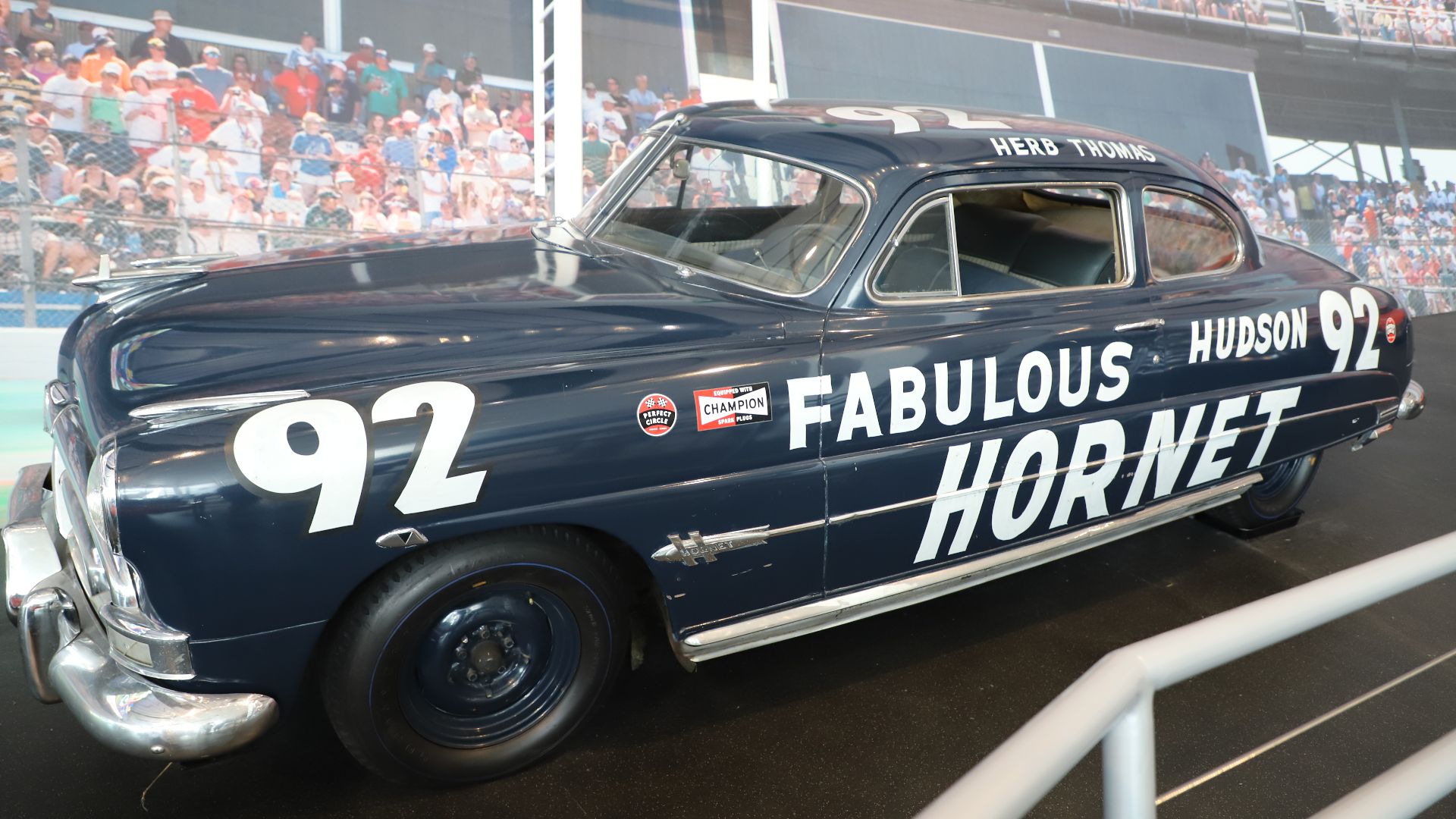 Jeffrey Hayes, Wikimedia Commons
Jeffrey Hayes, Wikimedia Commons
You May Also Like:
Anna Wintour’s Surprising Taste In Vintage Convertibles
The Failed European-Style Lincoln That Americans Ignored
My insurance rate went up even though the accident wasn’t my fault. How is that fair?

